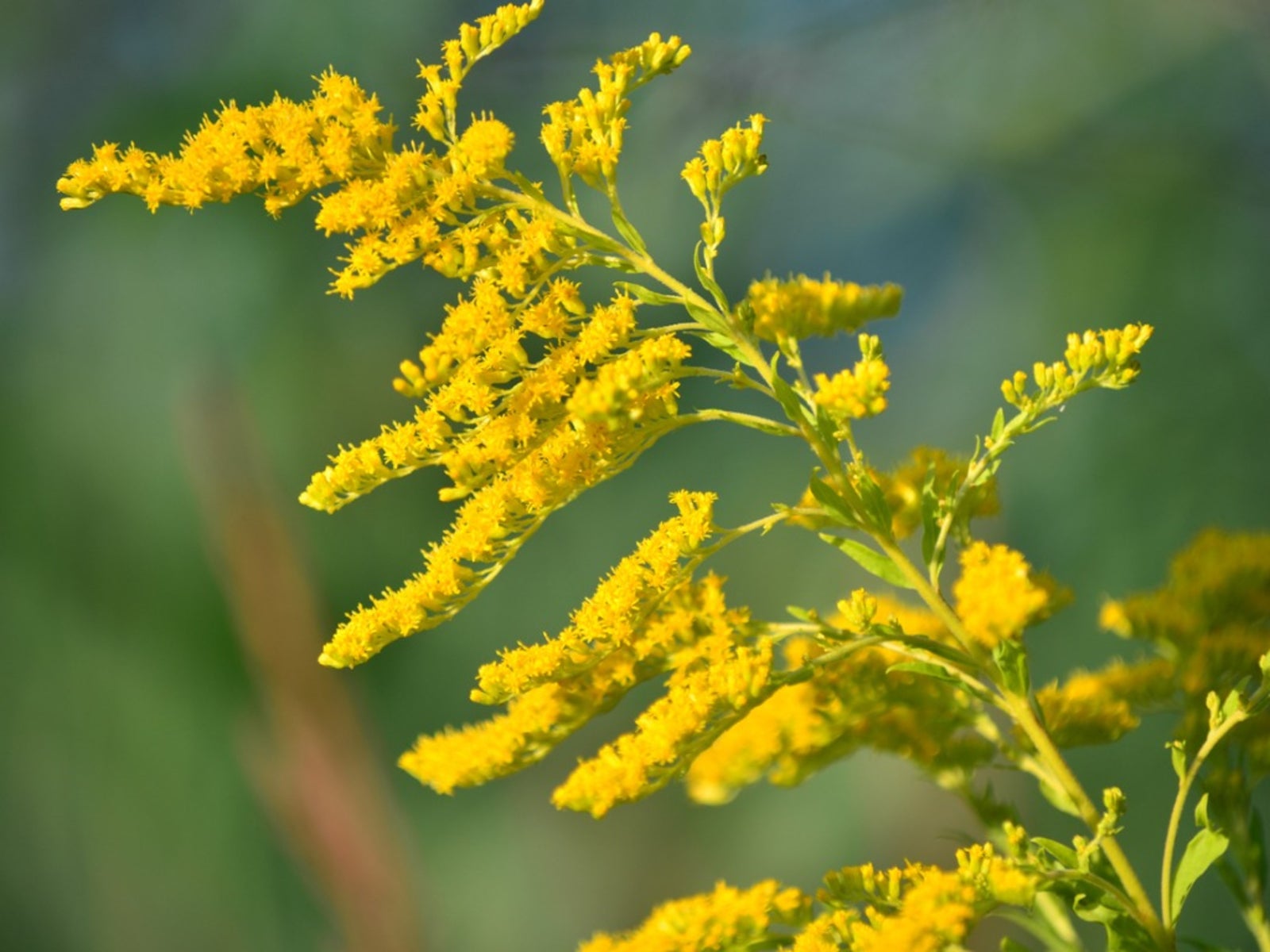Goldenrod Care: Information And Tips For How To Grow Goldenrod Plants
Plant goldenrod for masses of fluffy yellow summer flowers that pollinators adore.


Planting Goldenrod In The Garden - What Is The Plant Goldenrod Good For?
Goldenrods (Solidago) spring up en masse in the natural summer landscape. Topped with plumes of fluffy yellow flowers, goldenrod is sometimes considered a weed. Unknowing gardeners may find it a nuisance and wonder, “What is the plant goldenrod good for?”
Goldenrod plants have multiple uses, from providing shelter to larvae of beneficial insects to attracting butterflies. Learn how to grow goldenrod and experience the many benefits.
What is the Plant Goldenrod Good For?
After learning the many benefits of planting goldenrod and the simplicity of goldenrod care, you may wish to include it near your garden.
Goldenrod plants provide nectar for migrating butterflies and bees, encouraging them to remain in the area and pollinate your crops. Planting goldenrod near the vegetable garden can draw bad bugs away from valuable vegetables.
Goldenrods attract beneficial insects as well, which may do away with damaging insects when they approach the food source offered by these plants.
More than a hundred varieties of goldenrod exist, with one for every climate. Many are native to the United States.
Goldenrod plants are clump-forming perennial wildflowers that exist on rainwater and add a golden beauty to the landscape. Often thought of as the cause of summer allergies, the species is falsely accused, as the pollen from allergy-creating ragweed is present at the same time that goldenrod blooms. All goldenrods are late bloomers, flowering in late summer throughout fall with stunning, bright yellow flowers.
Sign up for the Gardening Know How newsletter today and receive a free copy of our e-book "How to Grow Delicious Tomatoes".
How to Grow Goldenrod Plants
Growing and planting goldenrod is easy, as this plant will survive just about anywhere. Here are some of its preferences:
- Goldenrod enjoys and thrives in full sun.
- This insect-friendly plant tolerates various soil types as long as the soil is well-draining.
- Once it's established in the landscape, the plants will return each year.
- Goldenrod plants require little, if any watering, and are drought tolerant.
- Clumps need division every four to five years.
- Cuttings may be taken in spring and planted in the garden.
Learning how to grow goldenrod offers many advantages. Bad bugs can be drawn to the plant and consumed by beneficial insects that hatch their young there. Planting goldenrod adds beauty and attracts butterflies and other pollinators to your landscape.

Becca Badgett was a regular contributor to Gardening Know How for ten years. Co-author of the book How to Grow an EMERGENCY Garden, Becca specializes in succulent and cactus gardening.